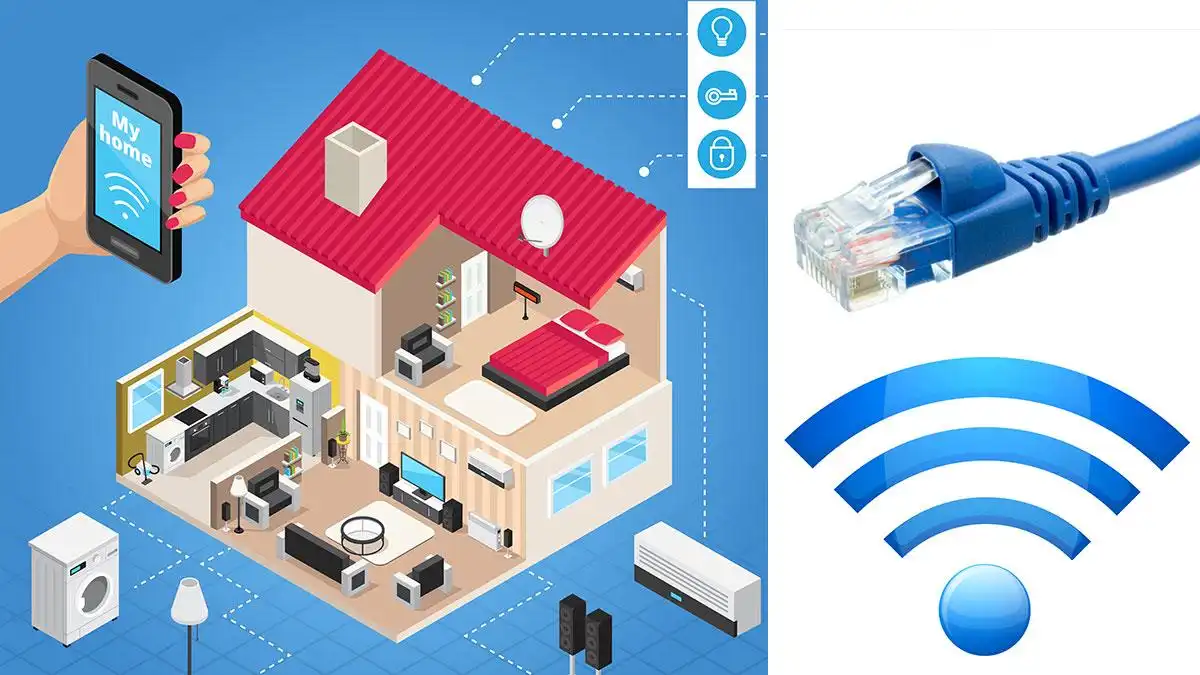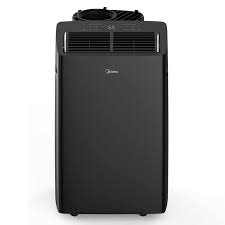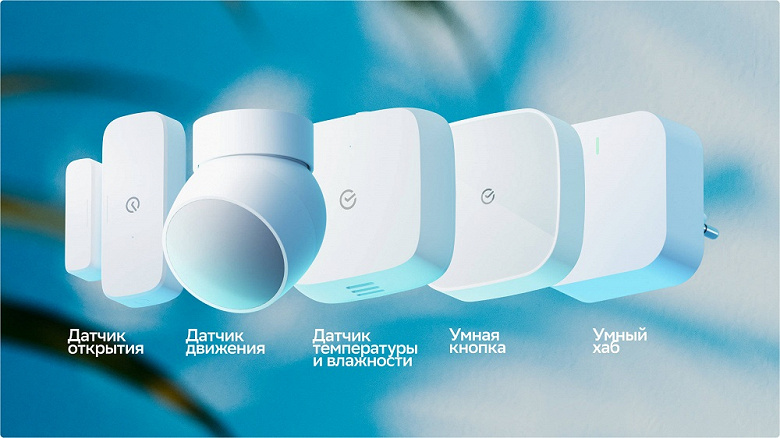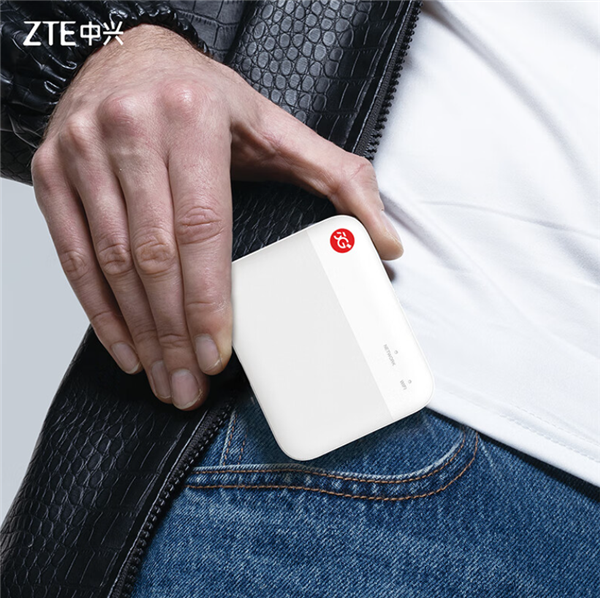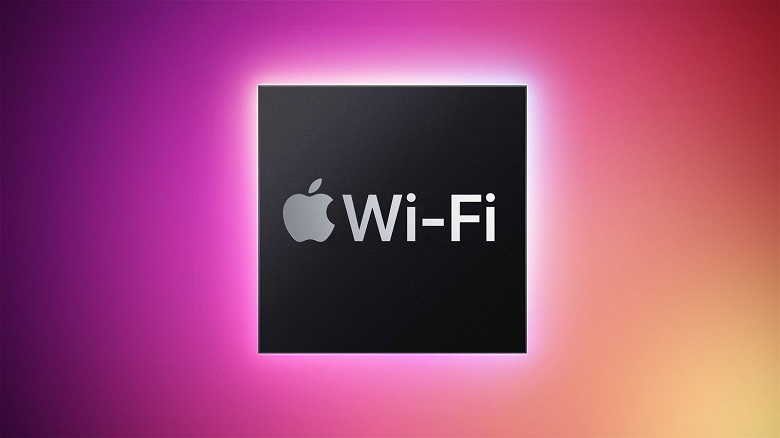The speed of the Wi-Fi wireless network has always been, willy-nilly, one of the countless parameters for measuring the quality of life. For years we have sailed using the two main frequencies 2.4GHz and 5 GHz, but progress would seem to knock on these ports too. In fact, last April 23 the FCC approved the request to make 1,200MHz available for the 6GHz frequency in the next generation of Wi-Fi 6E technology. But there are those who already look beyond and aspire to Wi-Fi 7. So let’s try to understand the differences between the two technologies.
Wi-Fi 6E
Basically the Wi-Fi 6E is a Wi-Fi that also counts in the 6GHz band. A sort of enhanced version of Wi-Fi 6. This greater availability ensures uniform performance even when connected in places particularly dense with connections and other Wi-Fi networks. For a long time, the division between the 2.4GHz and 5GHz frequencies has been largely sufficient even in crowded homes such as buildings and condominiums, but the increase in per capita devices and above all the constant spread of IoT equipment risks seriously undermining stability. future of the system.
What other benefit does this new technology bring? Without a doubt the speed. As explained by The Verge, in fact, Wi-Fi 6E would be able to guarantee 9.6Gbps in download even at 6GHz frequency, making the potential speed of Wi-Fi 6 less utopian thanks to the large “blocks” of spectrum available. This increase in speed brings the performance of the wireless network closer to that of the wired via ethernet. Obviously, like any benchmark, it must be taken with clamps, as to make the most of the technology, a device capable of receiving that amount of data and a server capable of sending it will be needed.
Wi-Fi 7
While Wi-Fi 6 painstakingly begins the large-scale diffusion process (heavily dependent on the number of compatible devices produced), the next further step begins to manifest itself and prove itself to the world. In fact, the Wi-Fi 7 protocol could, at a theoretical level, humiliate the maximum speed of the previous iteration compared to a maximum of 30Gbps maximum achievable, over 3 times the 9.6Gbps of Wi-Fi 6.

Compared to the current traditional wireless transmission protocol Wi-Fi 5 (802.11 ac), the new Wi-Fi 6 (802.11 ax) is not only 40% faster, but also consumes less energy. Routers using the Wi-Fi 6 protocol can support multiple devices to connect simultaneously and also support the latest WP3 security protocol. However on this road Wi-Fi 7 finds fertile ground: we already know very well how the MU-MIMO technology introduced by Wi-Fi 6 supports up to 8 data streams simultaneously, but as for the maximum theoretical speed also in this area, the latest version of the wireless network would overturn the cards on the table.
Wi-Fi 7 should in fact carry CMU-MIMO technology, capable of supporting as many as 16 data streams simultaneously, as well as being able to operate the three main bands simultaneously. To top it off, Wi-Fi 7 could potentially improve the signal modulation method of Wi-Fi 6 (1024-QAM) switch to 4096-QAM, thus ensuring greater data transfer capacity (one of the main reasons why we talk about 30Gbps maximum download).

